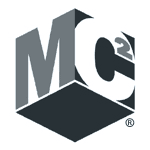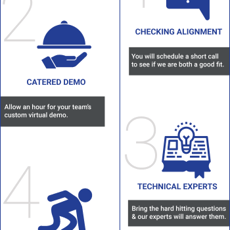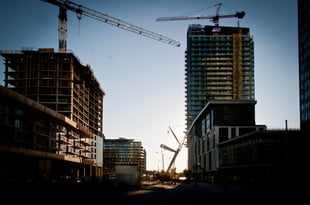Smart Building Technology Revolutionizing Construction

The construction industry is witnessing a technological revolution that is reshaping how buildings are designed, constructed, and operated. Smart building technology is at the forefront, enhancing efficiency and driving sustainability. The 2024 Smart Building Technology Trends Survey shows that in 2024, 90% of respondents use smart building technology compared to just 74% in the 2023 survey. By integrating advanced digital tools and systems, smart building solutions are transforming the construction and management of buildings. These innovations are improving operational performance and helping to reduce environmental impacts and operational costs, ensuring a greener future for the construction industry.
Let’s explore the ways smart building technology is revolutionizing green construction and accelerating the transition towards more sustainable, energy-efficient, and resilient buildings.
What is a Smart Building?
A smart building is a structure that uses automated processes to control building systems such as heating, ventilation, air conditioning, lighting, security, and other systems. The building’s technology is designed to respond to the needs of its occupants, making it more comfortable, efficient, and secure. This is achieved with integrated building systems, sensors, and connected devices that monitor and control the building in real time.
These intelligent buildings are powered by smart building automation systems that enable buildings to function more effectively. These systems can analyze data collected from sensors embedded throughout the building to optimize conditions based on occupancy, energy usage, and environmental changes. For example, an intelligent building can adjust air quality levels and energy usage based on real-time data, ensuring that energy is efficiently used and the building remains comfortable.
By leveraging cutting-edge technology, smart buildings create a responsive environment that maximizes the comfort and safety of occupants while enhancing the building’s operational performance.
The Role of Building Automation in Green Construction
One of the drivers of sustainability in construction is building automation. This technology helps optimize energy usage, reduce waste, and lower operational costs. Through the integration of systems like HVAC (heating, ventilation, and air conditioning), lighting, and energy management systems, smart buildings can automatically adjust settings based on real-time data from sensors and monitoring systems.
For instance, smart building solutions can reduce energy consumption by adjusting lighting and air conditioning based on occupancy patterns. If a space is unoccupied, the system can dim or turn off lights, adjust temperature settings, and even shut down non-essential systems to conserve energy. This kind of automation helps reduce energy usage, which lowers utility bills and decreases the building's carbon footprint.
Building automation can also enhance sustainability by improving air quality. Intelligent buildings can ensure the ideal indoor air quality by constantly monitoring and controlling HVAC systems.
Key Components of Smart Building Technology
The backbone of any smart building is its connected infrastructure, which allows for communication between systems and devices. This infrastructure includes sensors, actuators, and controllers that monitor various aspects of building performance, such as lighting, air conditioning, and temperature control.
At the core of many smart building solutions is the Internet of Things (IoT), which enables devices and systems to communicate via the Internet. For instance, facility managers can monitor and control building systems remotely using IoT-enabled devices, gaining actionable insights into the building’s performance. This connectivity allows building operators to identify inefficiencies and take action before they become significant issues.
Power over Ethernet (PoE) is also an important technology in smart building design. It enables power and data to be transmitted through an Ethernet cable, simplifying installation and reducing costs. PoE helps streamline building technology by minimizing the need for separate power sources for devices such as security cameras, access control systems, and sensors.
Enhancing Operational Efficiency and Reducing Costs
The smart building automation systems integrated into buildings are revolutionizing how facility managers handle day-to-day operations. With building automation solutions, building managers can remotely monitor various aspects of building performance, from lighting and temperature to security and air quality. Real-time data feeds allow for quick responses to problems or inefficiencies, often before they occur. This helps optimize the use of resources, reduce energy consumption, and lower costs.
Building solutions such as predictive maintenance can be implemented to ensure that systems always function at their best. Predictive maintenance uses data analytics to forecast when a system might need maintenance or replacement. By reducing the need for emergency repairs, smart buildings are more efficient and cost-effective.
Sustainability and Environmental Impact
The move towards smart building technology is motivated by the need to address climate change. As cities grow, the environmental impact of buildings becomes more important. Green construction is growing in popularity, and smart building technology helps ensure that buildings are efficient and sustainable.
Smart building solutions help optimize energy demands, reducing reliance on non-renewable energy sources and helping meet sustainability goals. For example, smart buildings can integrate renewable energy sources such as solar panels or wind turbines with energy storage systems. This allows buildings to generate and store energy, reducing reliance on external power grids.
Smart building efficiency also includes waste management. Automation systems can track the waste generated in a building and optimize waste disposal processes. Whether managing water usage or implementing waste-reduction programs, these buildings can ensure that resources are used effectively.
The Importance of Data Analytics
An important aspect of smart building technology is its ability to provide valuable insights through data analytics. By collecting data from various systems, such as HVAC, lighting, security, and occupancy, building managers can understand how their building operates. With this knowledge, they can make more informed decisions about building management, improve efficiency, and reduce costs.
The insights generated by these systems can help facility managers optimize operations and address issues before they escalate. For instance, if a building’s energy usage is higher than expected, the system can alert the manager to potential inefficiencies in the HVAC system or lighting, allowing them to take action.
The Role of DESTINI Estimator in Smart Building Design
Accurate cost estimation is crucial when designing smart buildings. One tool that is transforming how construction professionals approach building design and estimation is the DESTINI Estimator from Beck Technology. This software helps preconstruction professionals accurately estimate the costs of materials, labor, and other resources required for smart building projects. It integrates with other software platforms to provide real-time data, ensuring construction projects are completed on time and within budget.
With this software, preconstruction teams can also predict the long-term costs of operating a smart building, allowing them to assess the financial viability of different building systems and technologies. This is important when deciding which building solutions to integrate into a smart building project.
The Future of Smart Building Technology
As the construction industry embraces smart building technology, the potential for more sustainable, efficient, and resilient buildings grows. Integrating smart building automation, IoT, and advanced data analytics enables preconstruction professionals to design buildings that meet the needs of their occupants, minimize environmental impacts, and reduce operational costs.
As more intelligent buildings are constructed, the future of green construction looks brighter than ever, with technology playing a central role in shaping a more sustainable world.

-1.png?width=112&height=112&name=image%20(4)-1.png)














